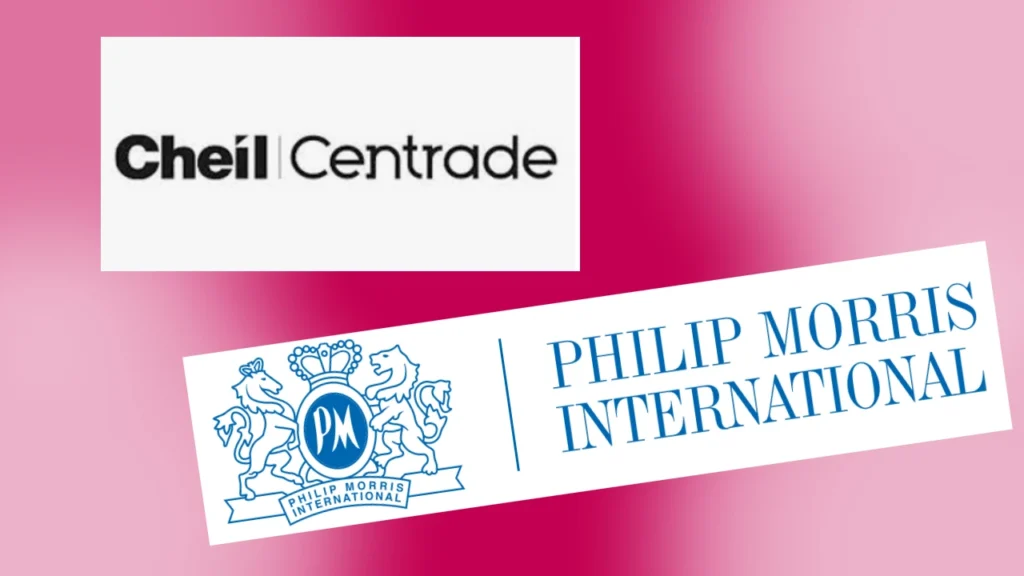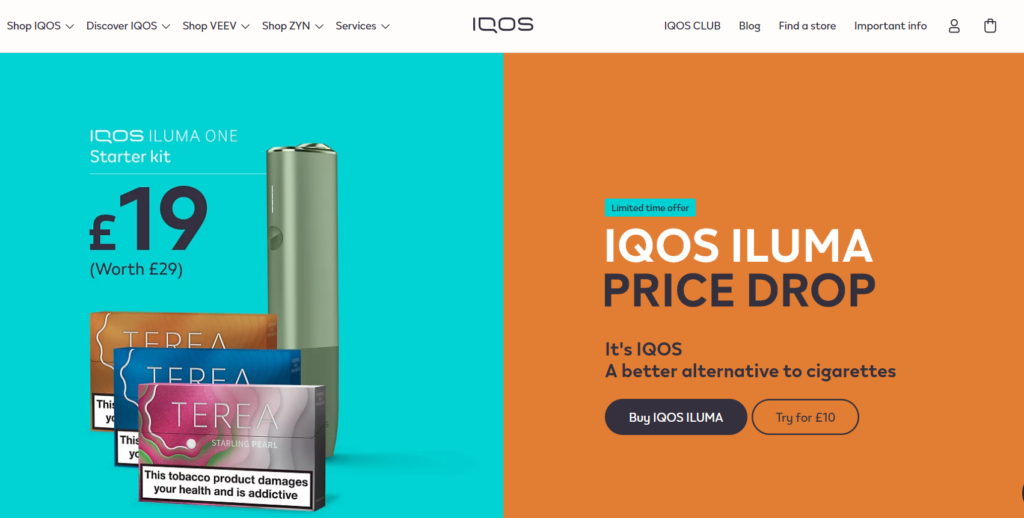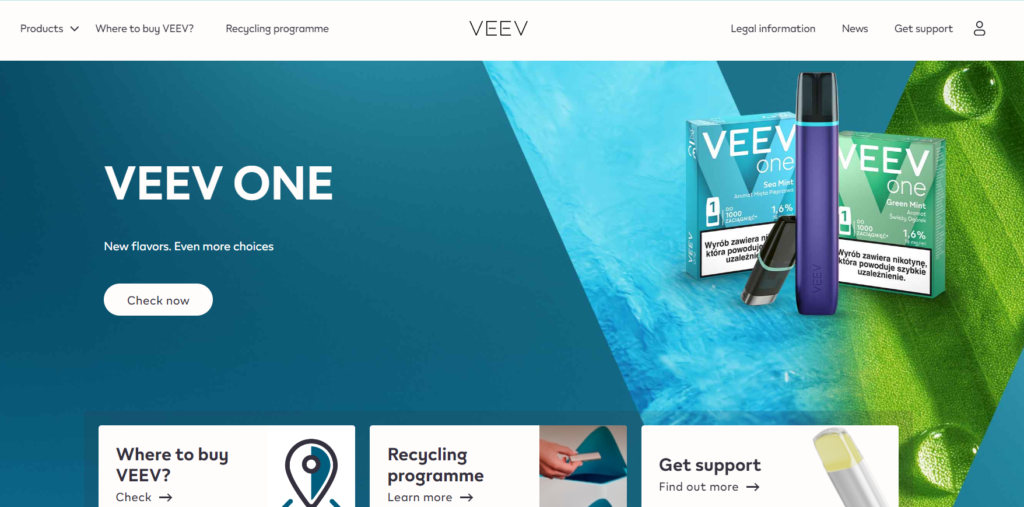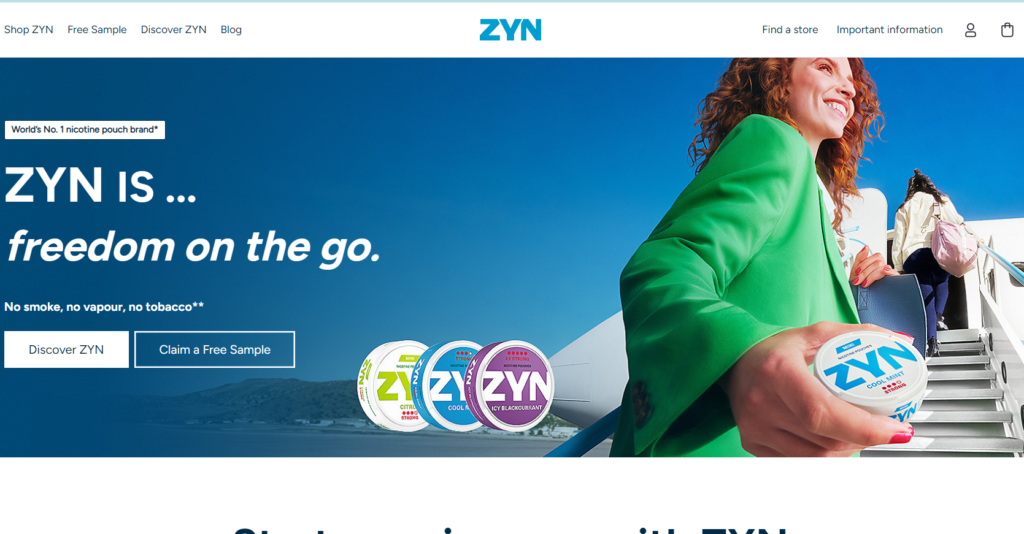Learn more about me
My Story

More about me:
How did I get into Tech?
During my university studies, I was certain that I would pursue a career in the tech industry. Initially, I believed digital marketing would be my long-term path, but I eventually found my way into software testing.
University days
As a student, I began working as a digital marketing specialist for several reasons. While studying philosophy, I was captivated by courses in rhetoric, media, and propaganda taught by an exceptional team of professors. These areas became my primary focus. During our second year, my peers and I asked an important question: how could we apply this knowledge in real-world settings? In response, our university organized events where local companies and businesses from Novi Sad presented their work and outlined the skills they sought in potential employees.
Getting into Digital Marketing
Although businesses from various industries were represented, those involved in web content creation particularly stood out to me. At the time, I had some basic experience writing blogs, though still at an amateur level. After attending presentations from a few digital marketing firms, I became fully committed to pursuing a career in the field. Soon after, I began applying to those companies, where I had the opportunity to hone my skills in content writing and Search Engine Optimization (SEO), an area I was especially passionate about.
Why Quality Assurance?
During my time as a digital marketing specialist, I realized that my true passion lies not in promoting products, but in building them. I found that I am much more comfortable and fulfilled working on creating solutions rather than marketing them.
What I’m trying to convey is not that I’m ineffective as a marketer—I’ve successfully demonstrated my ability to deliver web content to the right audience. One of my best side projects was documented in a book I wrote while working on a culinary website called Heartycooker.com, which I eventually sold. However, I’ve realized that my strengths are more aligned with ensuring a product meets predefined standards rather than focusing on how to promote it to the public.
When I was seeking an opportunity to transition from digital marketing to quality assurance, I found a great solution: I secured a QA position at Centrade Cheil Adriatic, a digital marketing agency which is a part of the international Cheil corporation. This role allowed me to make the shift while still leveraging my previous experience in the digital marketing field.
During my transition from a Digital Marketing Specialist to QA specialist, my focus gradually shifted from creating engaging content to delving deeper into technical writing—an area I’ll elaborate on further later. This change in direction allowed me to explore the technical aspects of products and their quality standards, which became an essential part of my role.
What general QA skills do I have?
- I excel in driving the software quality process to ensure software products’ reliability, quality, and completeness. My expertise includes providing detailed descriptions of observed defects with precise reproduction steps and identifying and documenting test cases based on functional and technical requirements while adhering to the organization’s test standards.
- I am proficient in writing comprehensive test plans for multi-component software features, even with minimal or evolving requirements, and defining and documenting business use cases for new functionality. I efficiently track and communicate the status of multiple software releases in various stages of development, consistently contributing proposals to refine QA processes and uphold a high standard of excellence.
- Additionally, I engage with stakeholders across different company areas to provide product development information and training, assist with preparing product release notes and documentation, and maintain a thorough understanding of customer business processes, challenges, and desired solutions.
CORE SKILLS
01. Technical communication
02. Open source documentation
03. Product documentation
04. Eye to detail
05. Analytics
06. Integrations
Test Automation tools:
- Cypress
- Playwright
- Postman
- BrowserStack
- Apache JMeter
Bug and Issue Tracking
- JIRA
Collaboration and Documentation
| Confluence | Slack | Microsoft Teams | Google Docs/Drive |
Web Technologies:
- HTML
- CSS
Customer Relationship Management
- Salesforce
Programming Languages:
- JavaScript
Content Management Systems:
- WordPress
- Drupal
- Adobe Experience Manager (AEM)
- Shopify
My work experience:

As a QA at Centrade Cheil Adriatic and Philip Morris International, my role encompasses both manual testing and test automation. This dual responsibility allows me to ensure the quality and functionality of our projects through meticulous manual testing while also leveraging automation to streamline repetitive tasks, increase efficiency, and enhance overall test coverage.
Manual QA
Identifying prerequisites and risks of the configuration and testing phase
Requirements analysis, asset review, and verification
Reporting bugs and testing fixes
Test plan creation & Test case execution
Code review and feedback
Test Automation
Test automation with Cypress
API testing with Postman
*
*
*
The types of software tests I do at the company:
| Integration testing | In my role, I verify the proper interaction and data flow between eCommerce platforms such as Syndigo and SAP Hybris on one side, as well as a CRM such as Salesforce for different user management-related features, and the AEM (Adobe Experience Manager) website on the other. This ensures seamless integration, accurate data synchronization, and flawless communication between these systems. In addition, I conduct API testing using Postman to validate the functionality and performance of various website endpoints. |
| End-to-end testing | During E2E testing, I validate the entire flow of a typical user journey, ensuring that all components and systems—such as the front-end UI, back-end systems, and third-party services like payment gateways—work seamlessly together as expected. I simulate the steps a typical website visitor or customer would take. This process begins with navigating the website, progressing through the SAG (Soft Age Gate), landing on the home page, moving to the shop page, selecting a product, viewing the product page, proceeding to checkout, completing the payment, and finalizing the order. I validate each step by ensuring a smooth and functional user experience across all interactions. |
| Regression testing | You may read more about the regression testing scenarios I do HERE. |
Gray Box Testing
As a QA engineer working on IQOS, VEEV, and ZYN websites, I often find myself using gray box testing. Why? Because I need to understand not only how the user interacts with the front end but also how the backend systems like SAP Hybris or AEM integrate with each other.
For example:
- When testing the checkout flow, I know how the backend APIs handle promotions or calculate discounts for multi-buy offers. This allows me to create tests that verify not only if the correct discount is displayed but also whether the data in the backend (e.g., the database or API response) matches the expected values.
- If a promotion like “ZYN 15% Off” isn’t appearing correctly on the website, I’ll use my knowledge of the database structure or API calls to debug whether it’s a frontend display issue or a backend data issue.
This partial insight into the system’s workings allows me to bridge the gap between functional and technical testing, identifying integration issues that might not be obvious from the user’s perspective alone.
Exploratory Testing
Exploratory testing is a big part of my job because IQOS, VEEV, and ZYN websites often roll out new features quickly. The requirements might not always cover edge cases, so I use exploratory testing to uncover issues that formal test cases might miss.
For example:
- When testing a new loyalty program feature for IQOS, I’d explore the entire process as a first-time user. I might register multiple accounts with borderline-valid data (like a very long email address) to see if the form validation breaks or try invalid coupon codes to test error handling.
- On the ZYN website, I’d test adding a multi-buy promotion (like “Buy 3 ZYN cans, get 1 free”) by randomly combining eligible and ineligible products, applying and removing promotions repeatedly, and checking if the calculations stay consistent across different scenarios.
This method is incredibly helpful in identifying bugs that aren’t strictly tied to formal user stories, like visual glitches or errors that only occur when multiple user actions are performed in a specific sequence.
Static Testing
Static testing is where I start my QA work, especially when dealing with content-heavy platforms like IQOS, VEEV, and ZYN websites that involve integrations with tools like AEM and Syndigo.
For example:
- Before new content components are deployed in AEM, I review the requirements document and design mockups to ensure the layouts are consistent with brand guidelines. During this phase, I might catch mismatched font sizes, incorrect alt text usage for images, or accessibility issues like missing ARIA roles.
- When testing the promotion logic in SAP Hybris, I often review the code snippets or API contracts provided by the development team. For example, if the API is supposed to return a discount value in a specific format, I can flag inconsistencies or potential edge cases (like null values) before the code is even deployed.
By catching these issues early, I help the team avoid costly fixes later in the pipeline and ensure a smoother user experience when updates go live.
Accessibility Testing
When testing the ZYN checkout page, I ensure all interactive elements like buttons, forms, and dropdowns are accessible via keyboard navigation alone (no mouse required). I test if the “Place Order” button is reachable with the Tab key and verify if screen readers like NVDA or JAWS can announce the button’s function clearly.
On the IQOS homepage, I check that the color contrast ratio meets WCAG guidelines (e.g., text over images or banners is readable for users with visual impairments). This means testing if white text on a blue background is distinguishable for someone with color blindness or low vision.
Form Validation: On the VEEV website, when a user enters incorrect information in a registration form, I verify that:
- The error messages are linked to their respective form fields using
aria-describedby. - Error messages (like “Invalid email format”) are not only visible but also announced by screen readers.


